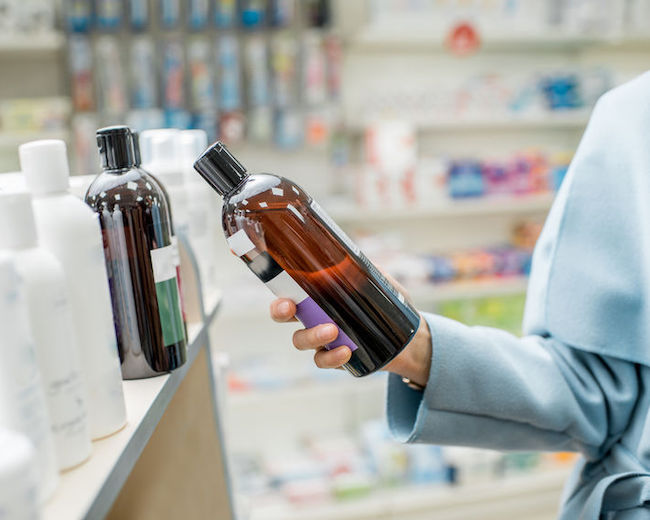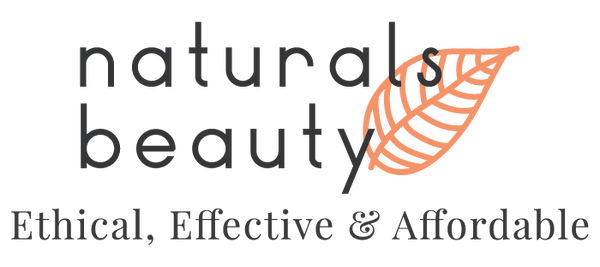
To Sulphate or not to Sulphate
Share
What sulfates in shampoo really mean for your hair
When it comes to sulfates, a number of experts agree that they should be avoided, but, why? We look at the facts around sulfates in shampoos.
08 November 2019 | By Reneé Fortune for Clicks Beauty Hub
Despite the trend towards avoiding sulfates, product data specialists, Label Insight suggests that: “sulfates are in more than 60 percent of toothpastes and permanent hair-colour products, and more than 70 percent of shampoos, body wash, and hand soaps.”
We asked owner of Naturals Beauty, Tanya du Bois for her opinion on this important subject.
Let’s start with the basics: What are sulfates?
Tanya explains, “Sulfates are surfactants, which means they are the foaming ingredients in most of your gel formulations like shampoos, gel face cleansers and body washes. The most common sulfate in your commercial products is sodium lauryl sulfate (SLS), which also comes along with quite a bad reputation as it not only strips away dirt, grime and oil build up on your hair and scalp, but it also strips away the good oils you need. This means it often leaves your hair and scalp dry, and if you have sensitive skin, it can cause redness and irritation on the scalp. When you see a sulfate-free label it usually means that the product does not contain any of these three harsh sulfates – SLS, SLES and ASL.”
Are sulfates bad for hair?
“I am not a fan, “ says Tanya. “Sulfates may be considered safe in low doses, but that doesn’t mean they have no damaging effect on our skin and hair. Sulfates can ruin hair cuticles leaving your hair more susceptible to breakage, split ends and dullness,” she comments.
“Sulfates are anionic surfactants, meaning they leave your hair with a negative electric charge which increases friction and frizz. They strip natural oils and proteins, and without these, your skin and hair loses its first line of defence against allergens and bacteria. If you are sensitive to irritation or allergic to sulfates, it is definitely a good idea to check ingredient labels and avoid sulfates altogether,” said Tanya.
What should women look for in a good shampoo?
As Tanya suggests, “Look for a natural shampoo that is sulfate-free, mineral-oil-free, colour-safe and free of synthetic fragrances and parfums. You want to look for a product that makes use of good extracts and actives for the scalp and hair. I like a shampoo that foams nicely, so I look for natural surfactants like cocamidopropyl betaine and decyl glucoside in the ingredients listing”.
Tanya’s top hair hack for maintaining healthy hair
“Go natural! Often when you first move over to a natural shampoo, your hair can go a little crazy. It can feel dry and brittle as the shampoo is literally washing away years of silicone build up from the non-natural shampoos and conditioners you’ve been using. Push through with your natural shampoo to get rid of this build up and perhaps leave your natural conditioner in rather than washing it out, to help condition your hair while it's going through this transition. Persevere though - you will not be sorry. On the other side of this hair detox is silky, soft and conditioned hair!”

